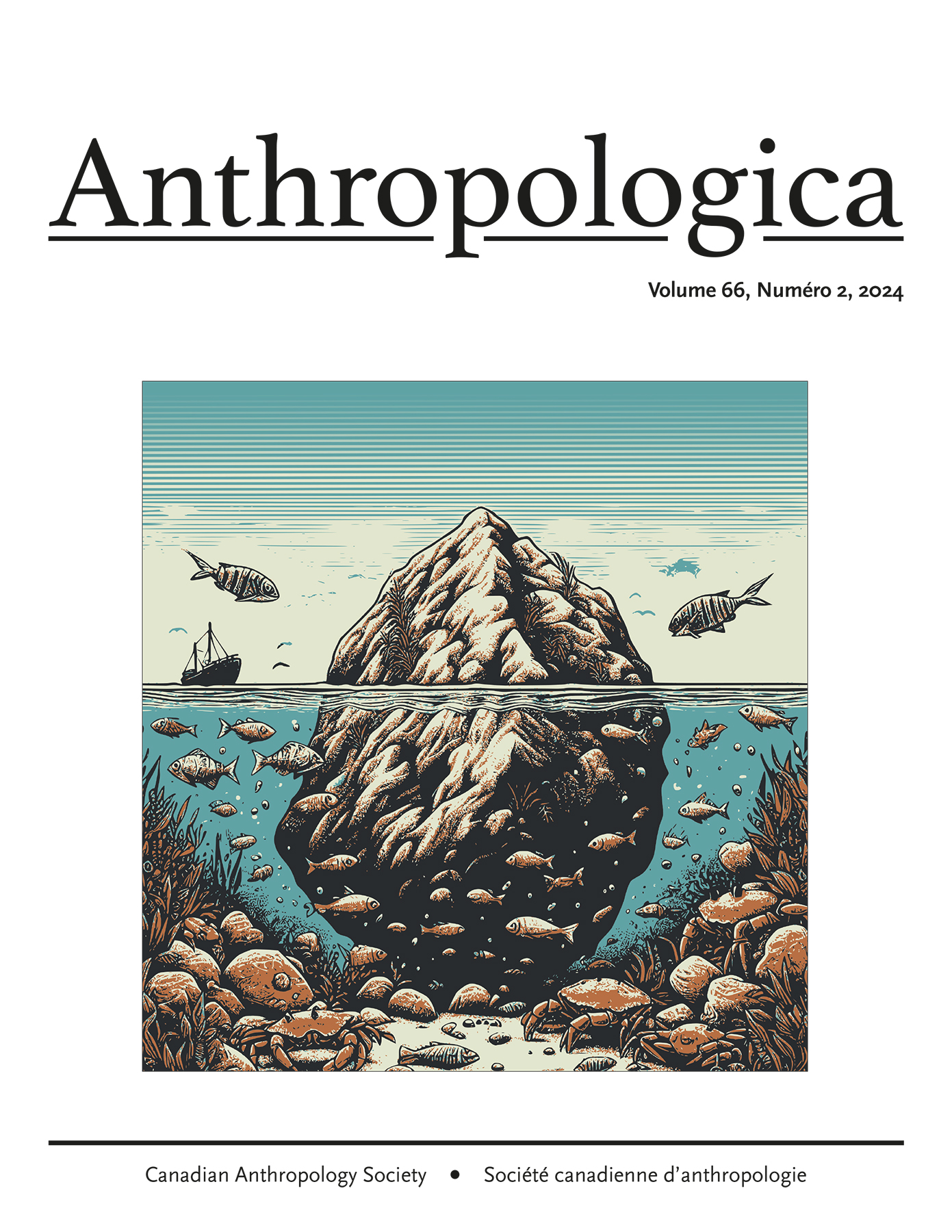Article body
The teaching of writing in university is in crisis, because AI can produce formulaic essays in seconds. One response from teachers could be to adopt more exploratory methods that draw from practices of journaling, in which the student is asked to comment upon a particular phenomenon and think it through, in a manner comparable to the methods of Himani Banerji (1995).
Bannerji notes that in resorting to abstractions when writing about topics of race and gender, one ends up trying to comprehend the “social whole” through an “aggregative exercise” as if these categories could be detached from the totality; as if each category were not “fraught with contradictions” and organized within a historical and organizational social context with class operating through them (49). In her understanding of Marx, ideology is performed, and to think beyond it requires a method in which “the different social moments can retain both their specificity and reveal their implication and constitutive relation to all other specific social relations” (51). In practice, helpful writing exercises might involve Venn diagrams and mind maps.
If we approach the content of writing through formula, we may be tempted to tilt evidence to fit into categories that do not do justice to the complexity of the subject matter. Instead, we could accumulate data and develop methods for searching for logic within, deriving from the data, rather than the coding we approach it with. This latter approach has proven essential in the field of environmental history, where authors have attempted to ascribe agency to nature, rather than seeing it through anthropocentric lenses.
One influential study in the turn toward environmental history is Oliver Rackham’s History of the Countryside (1986), in which he approached a 12,000-year history of the British countryside as a subject that “has a life of its own, independent of human activity.” The book’s structure represents a compilation of years of note-taking and filing into categories often drawn from “nature” as it interacts with changing socio-juridical structure (the most obvious of them being hedges, which were never intended, but are nature’s response to enclosure). The result is a book with a strange order, with chapters as diverse as; “conservation” (an idea), alongside “Animals and plants” (things), woodland, highways (institutions) and one chapter on one specific variety of tree: Elms. The topic made structure difficult and certainly could not have been planned out without deep engagement, revealing one tree species significant enough to warrant its own treatment as “the most complex and difficult trees in western Europe, and the most intimately linked to human affairs.”
Other examples from environmental history are the writings of Stephen Pyne on fire history. When he wrote his first monograph, Fire in America, he was an unemployed historian working as a forest firefighter on the South Rim of the Grand Canyon. It was inspired by his discussions with colleagues, who talked about fires they had fought as though they held different personalities. In writing the monograph, he imagined it would be his last as a scholar; thus he “designed the manuscript with escape clauses.” Primarily this meant adopting a format that substituted a kind of systems flowchart for genuine narrative. This way, he explains, “I might be able to revise the text piecemeal… resembl[ing] the looseleaf training manuals and fire-danger rating systems I had known on the Rim.” The book did land him an academic job from which he has published at least 33, mostly on the same topic, although also one on writing non-fiction. At a conference in Montreal while he was working on Awful Splendour: A Fire History of Canada (2007), he said that, like his Fire in America, it was incredibly difficult to figure out how to structure the book, as it deals with the intersections of human economic and political institutions, geography, biology, chemistry, physics, meteorology and more.
Sometimes what we try to discuss evades easy structure. Sometimes we never elucidate all potential connections but still produce meaningful parts, and it can be useful to lay them out, even if one never manages a deep examination of all the parts. Marx’s Grundrisse is a case in point. It represents an introduction to a planned six-part study of political economy in which Capital Vol 1, 2 and 3 eventually represented only the first part. This offers insight into the depth of his brilliance, but also his humility in the task of trying to describe a specific mode of production (capitalism) within a wider social formation. Methodologically he focuses on specific moments, with contingent statements that only hold true under limited conditions. It is a messy notebook replete with digressions, out of line with his general approach, with flashes of insights, and which are sometimes unhelpful (Harvey, 2023). It does, however, leave us with an approach that certainly has dimensions of makeshift to it. He was, as Tubb (2024) suggests in In Praise of Makeshift Finishing, “thinking on the page, and in public.” If undergrad assignments demanded this, they would make it harder to resort to AI, and offer the basis for workshopping exercises in the classroom.
Appendices
Bibliography
- Bannerji, Himani. 1995. Thinking Through: Essays on Feminism, Marxism and Anti-racism. Toronto: Canadian Scholars Press.
- Harvey, David. 2023. A Companion to Marx’s Grundrisse. London: Verso.
- Pyne, Stephen. 2007. Awful Splendour: A Fire History of Canada. Vancouver: UBC Press.
- Rackham, Oliver. 1986 The History of the Countryside: The Classic History of Britain’s Landscape, Flora and Fauna. London: Pheonix Press.In Response to “In Praise of Makeshift Finishing” by Daniel Tubb

